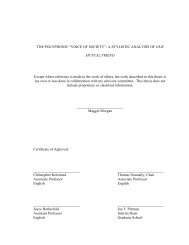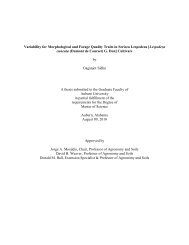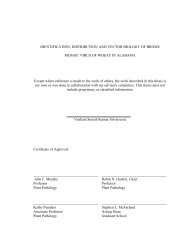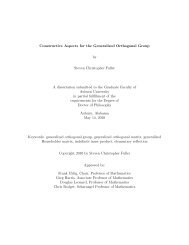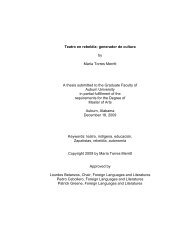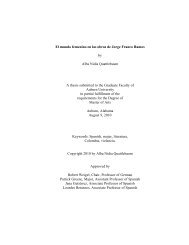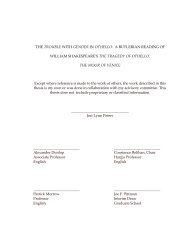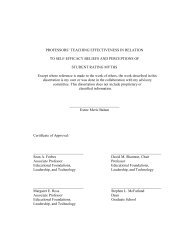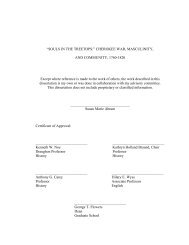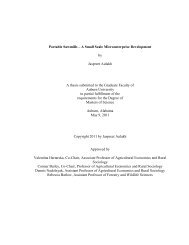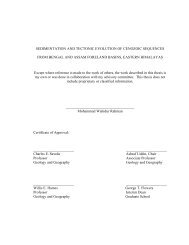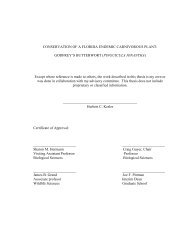Enhanced Polymer Passivation Layer for Wafer Level Chip Scale ...
Enhanced Polymer Passivation Layer for Wafer Level Chip Scale ...
Enhanced Polymer Passivation Layer for Wafer Level Chip Scale ...
Create successful ePaper yourself
Turn your PDF publications into a flip-book with our unique Google optimized e-Paper software.
layer, is investigated as a potential improvement of intermetallics <strong>for</strong>mation with lead-<br />
free solders especially under high temperature conditions. Formation of passivation layer:<br />
This layer can serve to greatly reduce the transport of corrosive species to the underlying<br />
metal's surface. It also serves as a solder mask to prevent flow of solder along the<br />
interconnect traces. For die A, a thin layer of polyimide was used as the dielectric layer.<br />
The detail process steps are described as follows:<br />
- Polyimide adhesion promoter application: After the spin dry and dehydration bake, a<br />
layer of VN651 Polyimide Promoter was spin coated at 3000 rpm <strong>for</strong> 30 seconds on<br />
the wafer. The bonding of the polyimide promoter to the substrate was achieved<br />
during the 1 min soft bake at 120 o C as the priming chemistry is activated by<br />
temperature.<br />
- HD PI2556 polyimide coating: A layer of 0.7μm polyimide was spin coated at 3500<br />
rpm <strong>for</strong> 30 seconds, and soft baked at 120 o C oven <strong>for</strong> 5-10 min.<br />
- Photolithographic process: step 3 to step 7 were repeated to <strong>for</strong>m a layer of<br />
photoresist which exposed each bump pad. The photoresist as well as the polyimide<br />
coated on the bump pads was removed with AZ 400K during developing.<br />
- Acetone was sprayed onto the wafer to strip off the remaining photoresist layer.<br />
- Finally, the whole wafer was placed into a programmable oven to cure the polyimide<br />
film. The cure heating cycle converts the polyamic acid to the insoluble imide <strong>for</strong>m<br />
and drives out remaining solvents. The curing profile consisted of :<br />
Heating from room temperature to 200 o C, ramp 4 o C /minute in air<br />
Hold time at 200 o C <strong>for</strong> 30 minutes in air<br />
43




